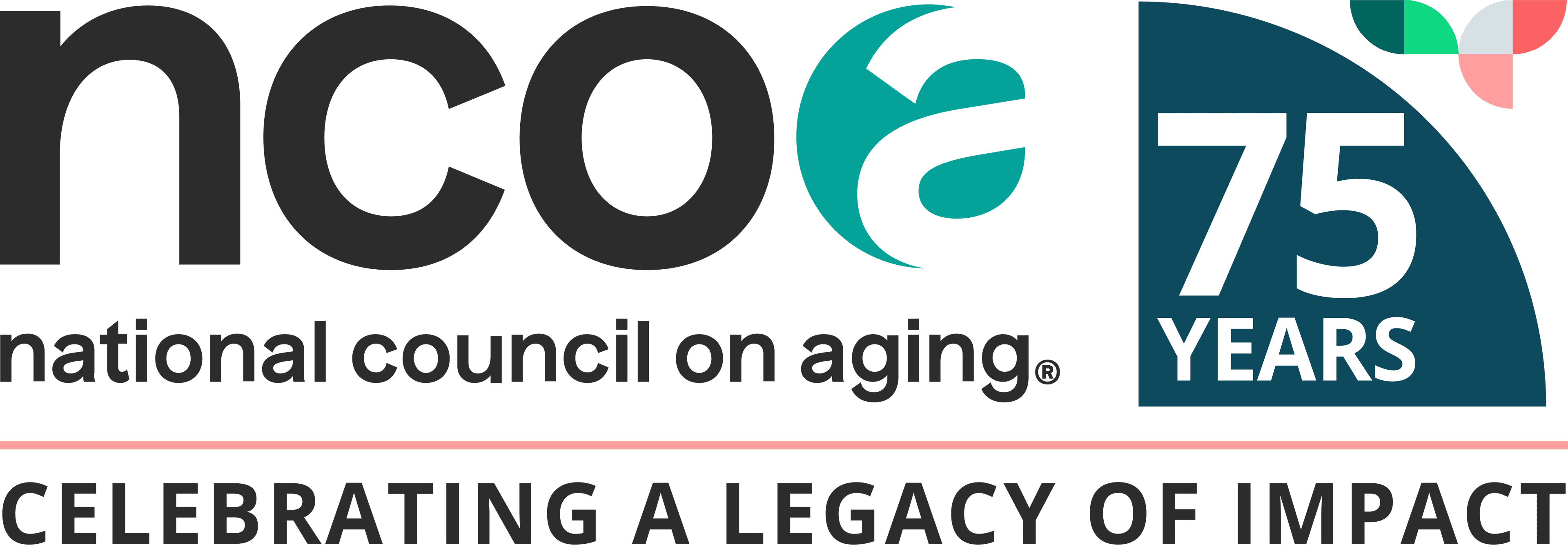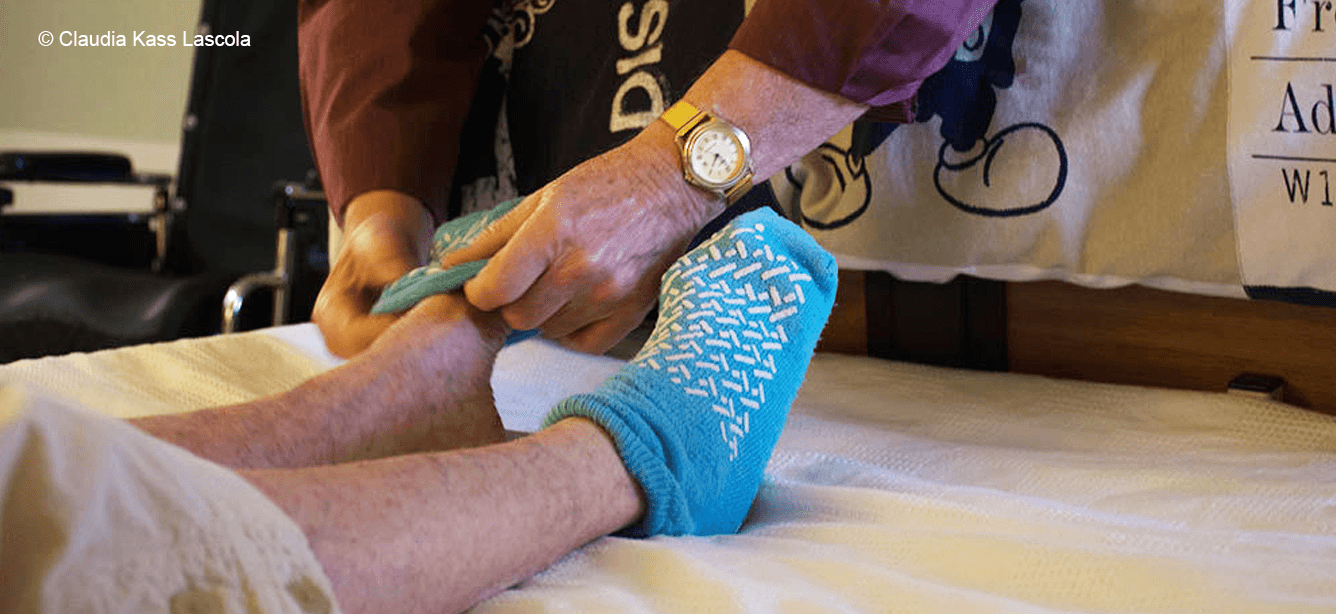How Early Exposure to Age-Friendly Principles Promotes Lifelong Healthy Aging
3 min read

We often associate the field of aging and Age-Friendly health care with older adulthood—but what if we shifted the timeline? What if conversations about aging well, care preferences, and social connection began before people entered their 60s, 70s, or 80s?
Introducing Age-Friendly principles at an earlier stage—particularly to students and emerging professionals—has the potential to redefine how we age, prevent age-related disparities, and build a society that values people across all life stages.¹
The earlier we learn about aging, the better we age
Age-Friendly care centers on four key areas: What Matters, Medication, Mentation, and Mobility. These areas often both support quality care for older adults and encourage a broader understanding of whole-person health that’s relevant at any age.
When students or younger people are exposed to these principles early, they develop:
- Empathy for the lived experiences of older adults
- Confidence in having health-related conversations with older family members
- Insight into their own aging process and how to protect their well-being proactively
As a result, they’re more likely to support others, make informed choices about their own health, and advocate for inclusive systems throughout their lives.²,³
How early education can reduce ageism and boost intergenerational health
Studies show that ageism often stems from a lack of exposure and education. When students only see aging framed as decline, burden, or loss, their attitudes tend to follow suit.⁴
On the other hand, when schools and universities integrate gerontology, intergenerational service-learning, or Age-Friendly frameworks into health courses, leadership training, or public service projects, students report:
- Increased positive perceptions of aging
- Greater interest in working with older populations
- A stronger understanding of health equity through the lifespan⁵
This benefits future health care systems, while also improving community relationships and reduces social isolation for older adults—especially when students engage in structured, meaningful interactions across generations.⁶
What can this look like in practice?
Creating a more Age-Friendly culture doesn't require a full curriculum overhaul. Simple, intentional steps make a big difference:
- Intergenerational mentorship programs where students learn directly from older adults about aging, resilience, and life satisfaction
- Health sciences modules on common aging syndromes and communication strategies tailored for older adults
- Workshops or simulations that help younger people understand sensory loss, cognitive changes, and aging-in-place needs
- Community projects focused on mobility, fall prevention, or digital literacy for older adults
These types of engagements not only teach practical skills, but they build the social, emotional and cultural intelligence needed to support aging populations with dignity and respect.
Why this is important for the future of healthy aging
As people live longer and more of the population shifts into older adulthood, we must prepare the next generation to be age-literate—not just medically, but socially and systemically.⁶
The earlier we introduce Age-Friendly thinking, the more likely we are to:
- Design inclusive communities
- Improve health outcomes
- Reduce the stigma of aging
- Build a stronger care workforce
- And empower people of all ages to thrive
Aging well isn’t just something we hope for when we’re older—it’s something we build toward across our entire lives. And it starts with what we teach and model early on.
Photo by: Martha Rial for Age-Friendly Greater Pittsburgh
Sources
1. Holloway, J. et al. Tellegacy: Reflections from the Development of an Intergenerational Wellness and Health Promotion Project to Reduce Social Isolation and Loneliness in Older Adults: A Feasibility Study. International Journal of Environmental Research and Public Health. 2023. Found on the internet at https://www.mdpi.com/1660-4601/20/23/7094
2. Holloway, J., et al. Needs of social isolation, loneliness, and intergenerational interventions in the United States: A scoping review. Frontiers in Public Health. Aug. 8, 2024. Found on the internet at https://www.frontiersin.org/articles/10.3389/fpubh.2024.1386651/full
3. Southerland, J. L., et al. Social isolation and loneliness prevention among rural older adults aging-in-place: A needs assessment. Frontiers in Public Health. Oct. 15, 2024. Found on the internet at https://pubmed.ncbi.nlm.nih.gov/39473600/
4. Levy, B. R. Eradication of ageism requires addressing the enemy within. The Gerontologist. Oct. 1, 2001. Found on the internet at https://doi.org/10.1093/geront/41.5.578
5. Chonody, J. M., & Wang, D. Predicting social work students’ interest in gerontology: Results from a U.S. national survey. Gerontology & Geriatrics Education. Sep. 24, 2024. Found on the internet at https://doi.org/10.1080/01634372.2014.888605
6. Caskie, G. I. et al. Perceiving Greater Ageism in Barriers to Mental Health care Relates to Poorer Mental Health for Older Adults. Clinical Gerontologist. Nov. 7. 2024. Found on the internet at https://doi.org/10.1080/07317115.2024.2425307


